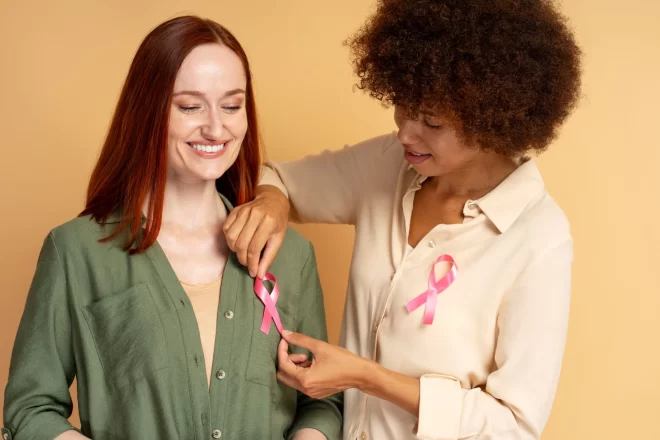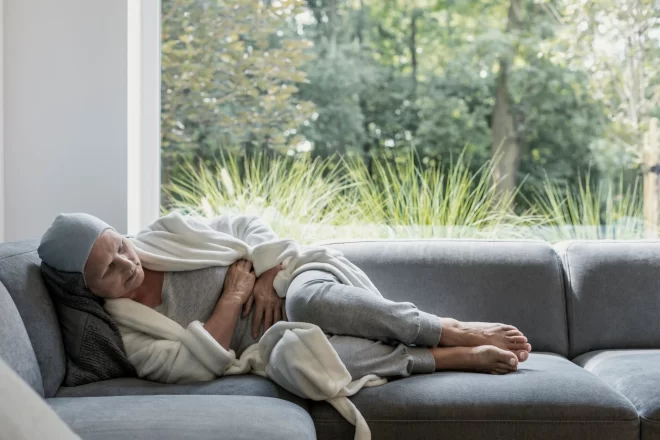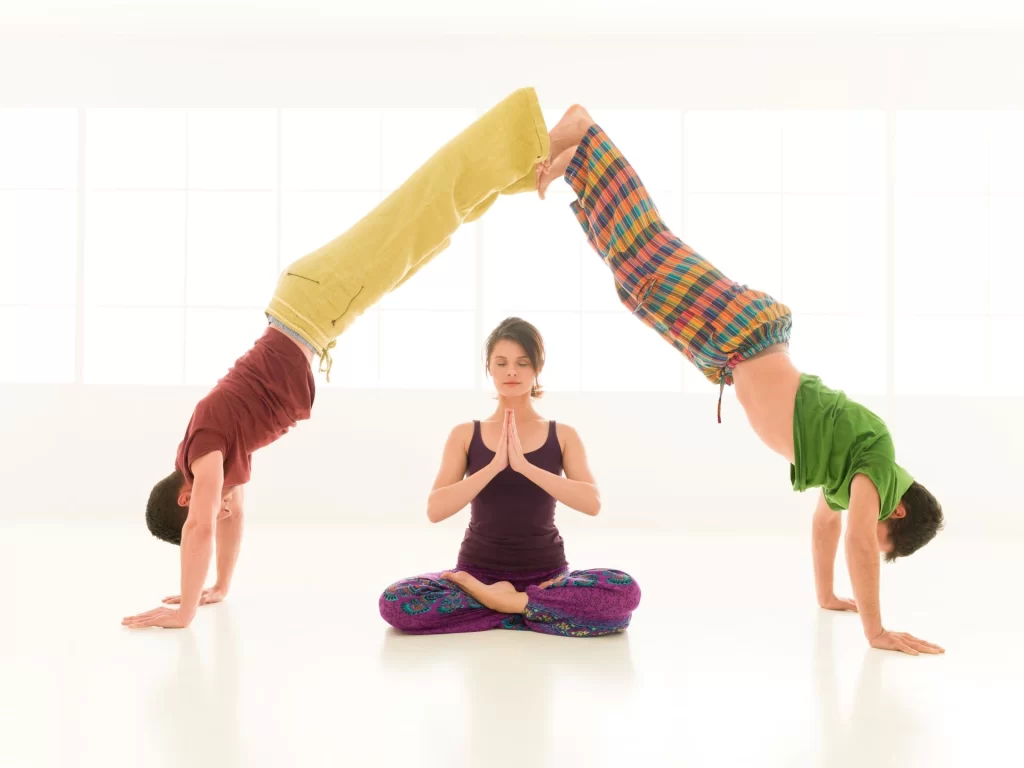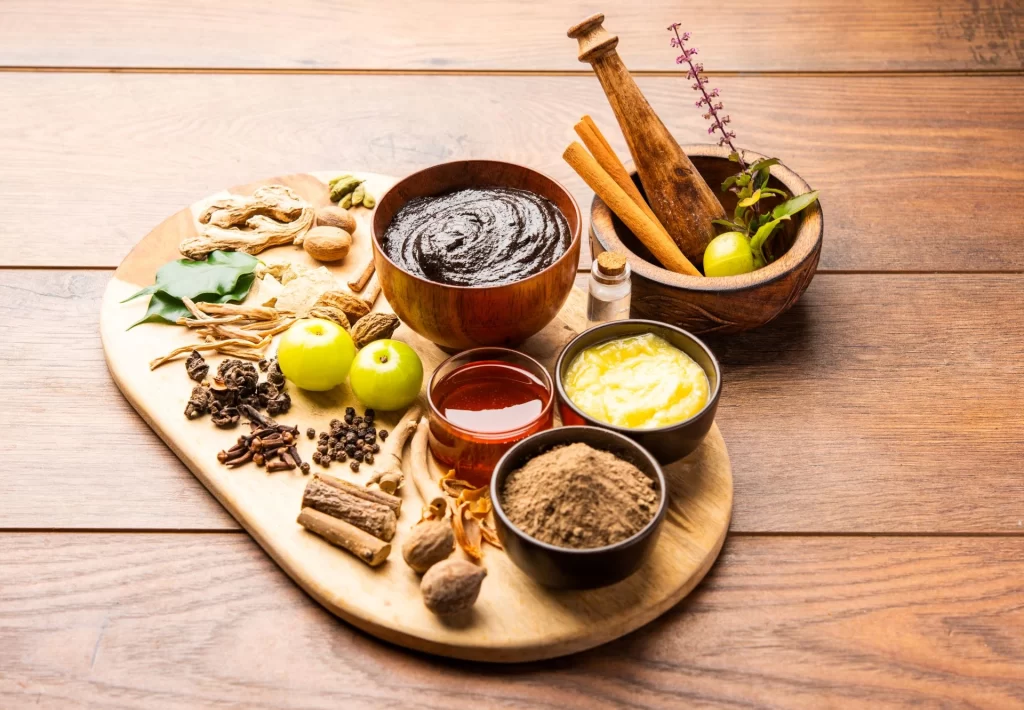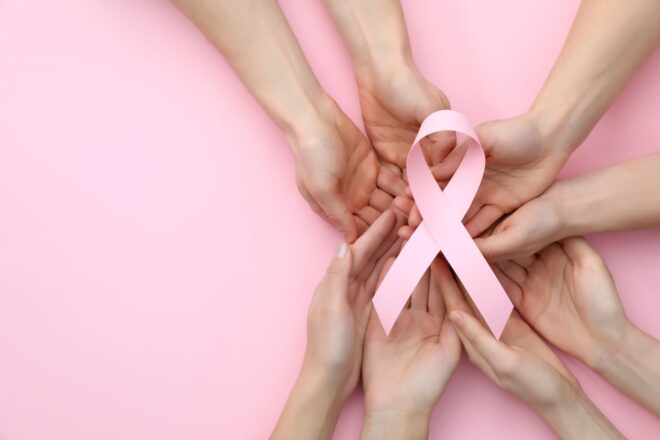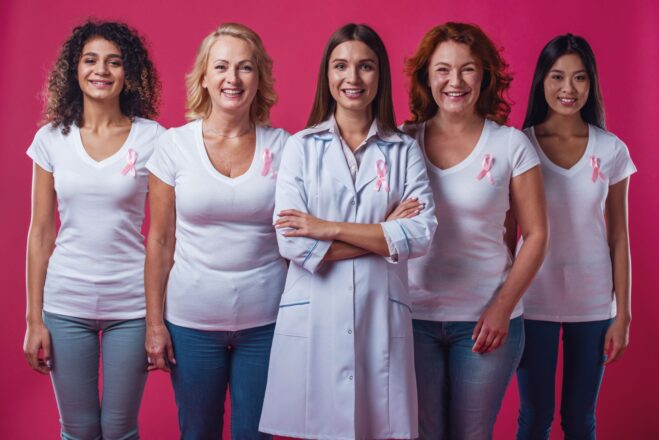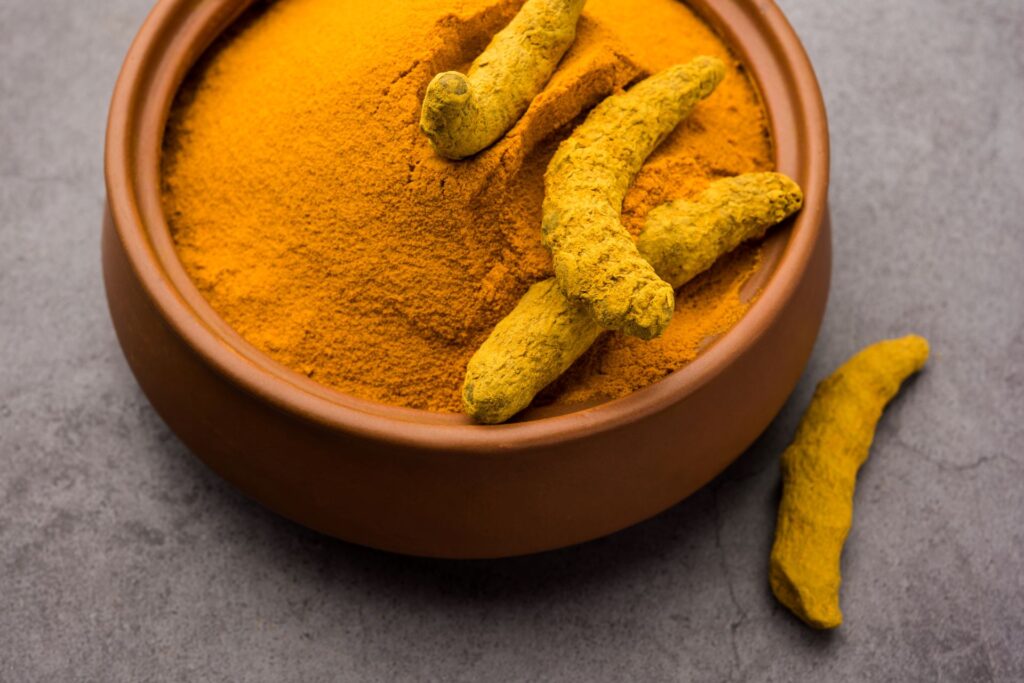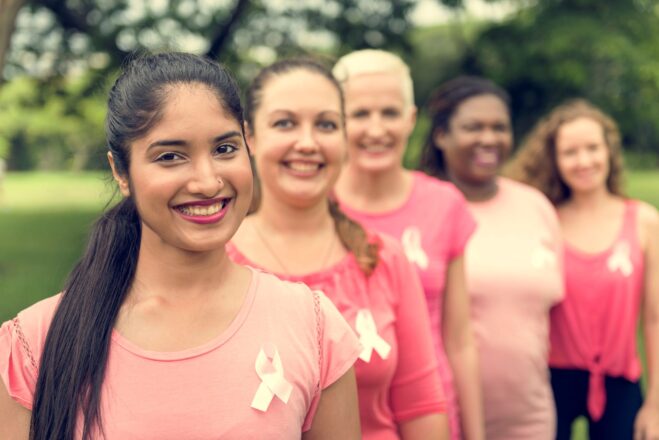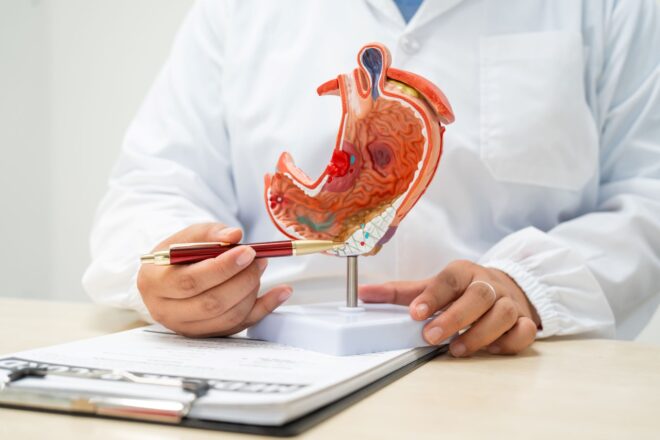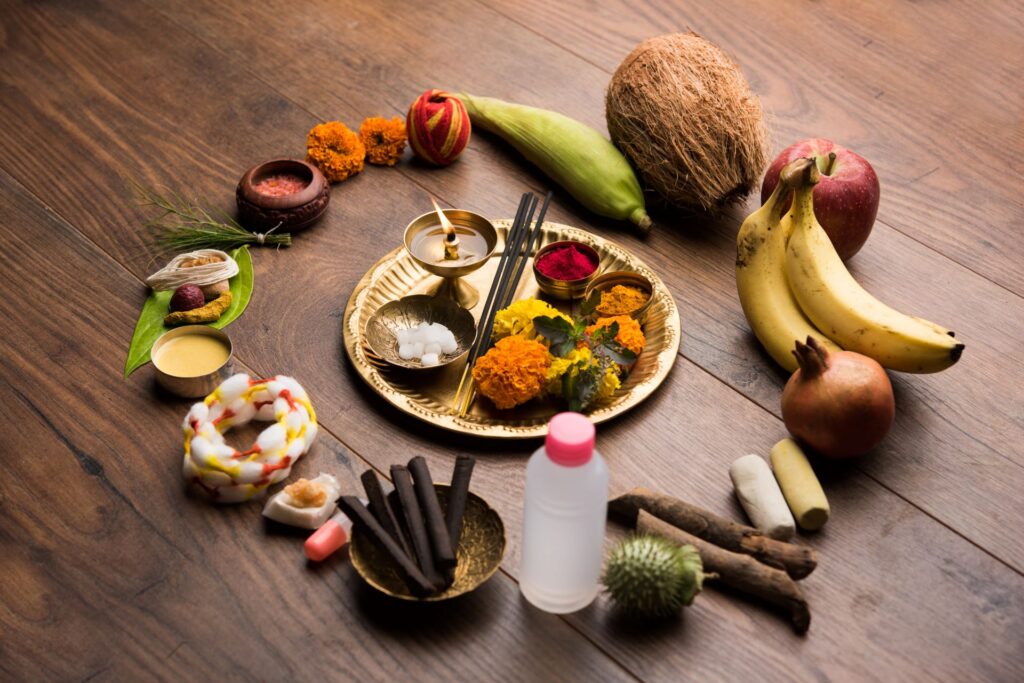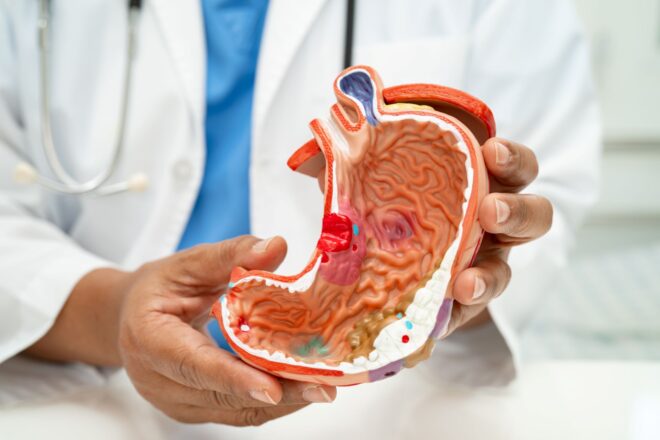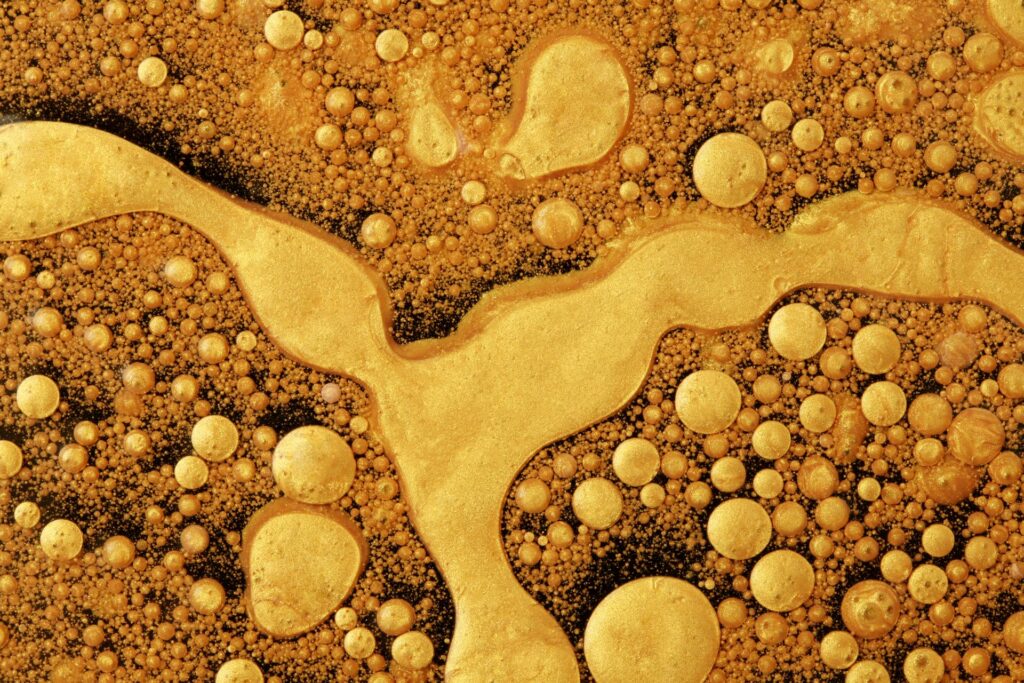Breast cancer is a type of cancer that originates or develops in the tissues of the breast. It happens when cells in the breast start growing uncontrollably and further forms a tumor or a mass. This tumor or a mass can be detected through imaging or physical examination.
Mass or lumps in the breast can be benign (non-cancerous) or malignant (cancerous) in nature. Malignant tumors have a potential or ability to invade nearby tissues and may further spread or metastasize to distant organs
About Ayurveda
Ayurveda is an ancient system of medicine that has originated in India over 5,000 years ago. The term “Ayurveda” has originated from the Sanskrit words “Ayur” (Life) and “Veda” (Knowledge), meaning “the science of life”. Ayurveda emphasizes on achieving a balance or equilibrium between mind, body, and spirit. This help to promote health and wellness in an individual, and further prevent diseases. Ayurveda address the root cause of diseases rather than treating the symptoms itself.
Key Principles of Ayurveda as follows:
1) Panchamahabhuta Siddhanta: Ayurveda states that this universe and the human body is made up of five elements or Mahabhutas. This Mahabhutas are: 1) Aakash (Space). 2) Vayu (Air). 3) Agni (Fire), 4) Jala (Water). 5) Prithvi (Earth).
2) Herbal Medicine: Ayurveda contains many natural herbs and plant based formulations that prove extremely breast cancer patients. These herbs inhibit the growth of cancer cells and further prevent its proliferation.
3) Detoxification (Panchakarma) Therapy: Ayurveda has mentioned five-step purification modalities that is popularly known as Panchakarma. Panchakarma is also known as Shodhana Chikitsa and it help to treat the root cause of the disease. The five karmas are: 1) Vamana (Therapeutic Emesis). 2) Virechana (Therapeutic Purgation). 3) Basti (Medicated Enema). 4) Nasya. 5) Raktamokshana (Blood Letting).
Natural Treatment for Breast Cancer through Ayurveda
Dr. Ravi Gupta, Ayurveda Cancer Consultant offers holistic and patient-specific Ayurvedic Treatment for Breast Cancer. He combines traditional Ayurvedic principles and wisdom with modern treatment modalities. Below is an overview of how Dr. Ravi Gupta might approach the natural treatment of breast cancer:
1) Personalized Treatment Plans:
Dr. Ravi Gupta strongly believes that every individual has unique combination of doshas called Prakriti so do the treatment plans for Breast Cancer. It is also well established fact that imbalance is doshas are the causative factors behind Breast Cancer so the treatment plan need also to be individualized.
Treatment plans also need to consider stage of the cancer at which the patient has approached for the treatment, and overall mental and emotional well-being of the individual.
2) Herbal Medicines:
Dr. Ravi Gupta advises high quality and evidence based Ayurvedic herbs that have anti-cancer properties, immuno-modulatory and detoxification properties. Common herbs that proves beneficial in breast cancer are:
a) Ashwagandha (Withania somnifera): Ashwagandha helps to reduce stress, enhance strength, and improve immunity in Breast Cancer patients.
b) Turmeric (Curcuma longa): Turmeric proves extremely beneficial in breast cancer patients, and has a good anti-inflammatory and anti-oxidant properties.
c) Guduchi (Tinospora cordifolia): Guduchi helps to rejuvenate the immune system and so proves beneficial in breast cancer patients.
3) Rasayana Therapy (Rejuvenation) Therapy:
Rasayana Therapy or Rejuvenation Therapy helps to aid recovery and vitality in breast cancer patients, Certain Ayurvedic herbs and formulations proves extremely beneficial in breast cancer patients are:
a) Chyawanprash Rasayana: It is extremely potent Rasayana Kalpa and is rich in anti-oxidants. It proves extremely beneficial in breast cancer patients.
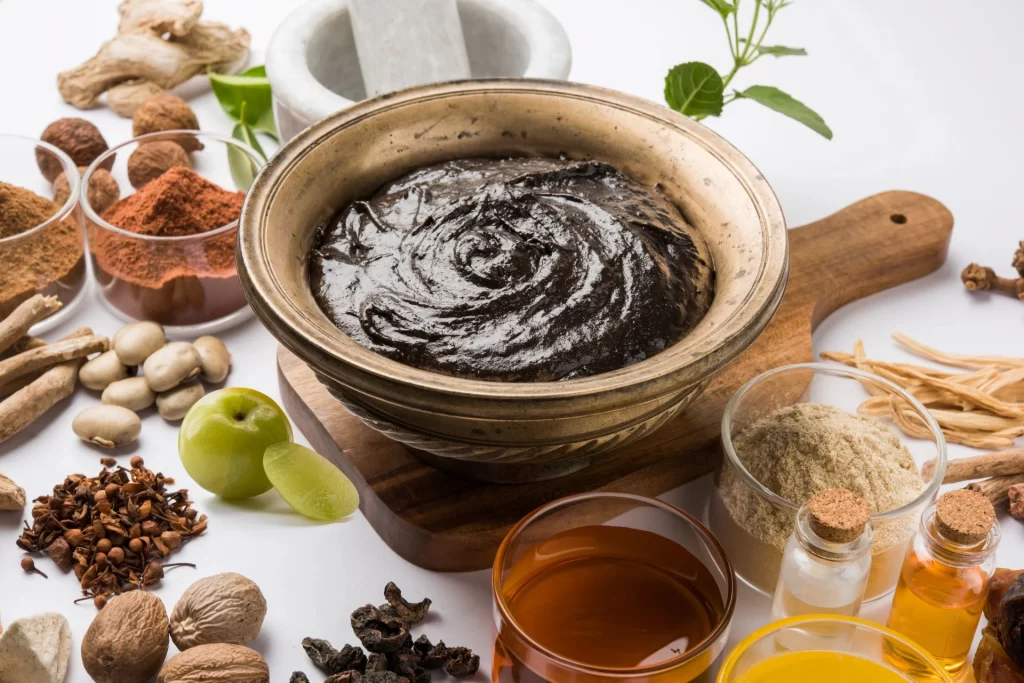
b) Brahmi (Bacopa moneri): Brahmi helps to reduce stress and anxiety in breast cancer patients.
c) Shilajit: Shilajit promotes energy in breast cancer patient and further it helps in tissue repair in breast cancer patients.
4) Lifestyle and Mental Health Care:
a) Yoga Therapy: Dr. Ravi Gupta advises certain yoga practices like “Pranayama” and “Asanas” for breast cancer patients. It helps to improve mental stability and further improve blood flow within the body.
b) Meditation: Different techniques of meditation helps to manage stress and anxiety in breast cancer patients.
c) Dinacharya: Dinacharya helps the breast cancer patient to focus on adequate and ample sleep. It is also the patient to learn self-care techniques.
📞 +91-981927611
Your health is my priority, and together, we can work towards a brighter, healthier future.
— Dr. Ravi Gupta, M.D. (Ayurveda), Ayurveda Cancer Consultant, Specialist in Ayurveda and Panchakarma.

